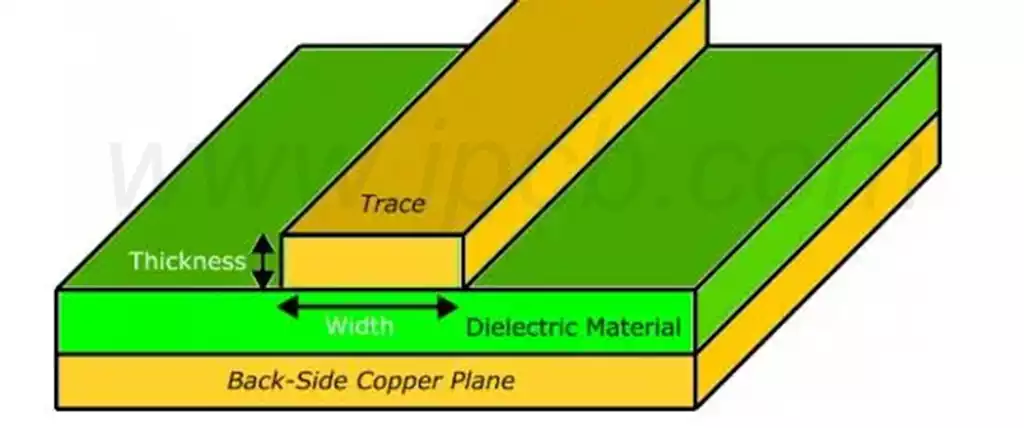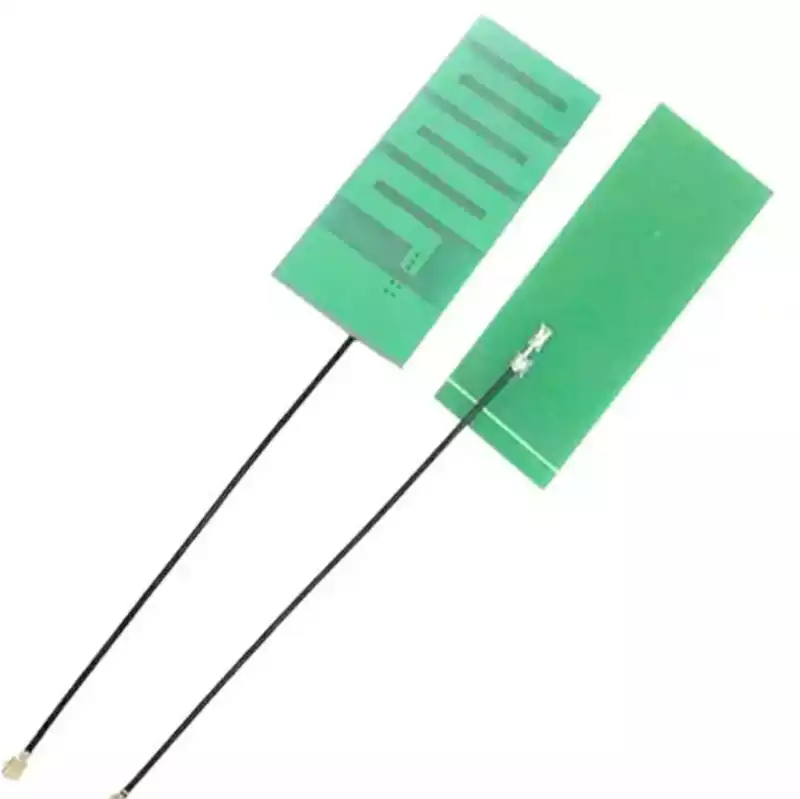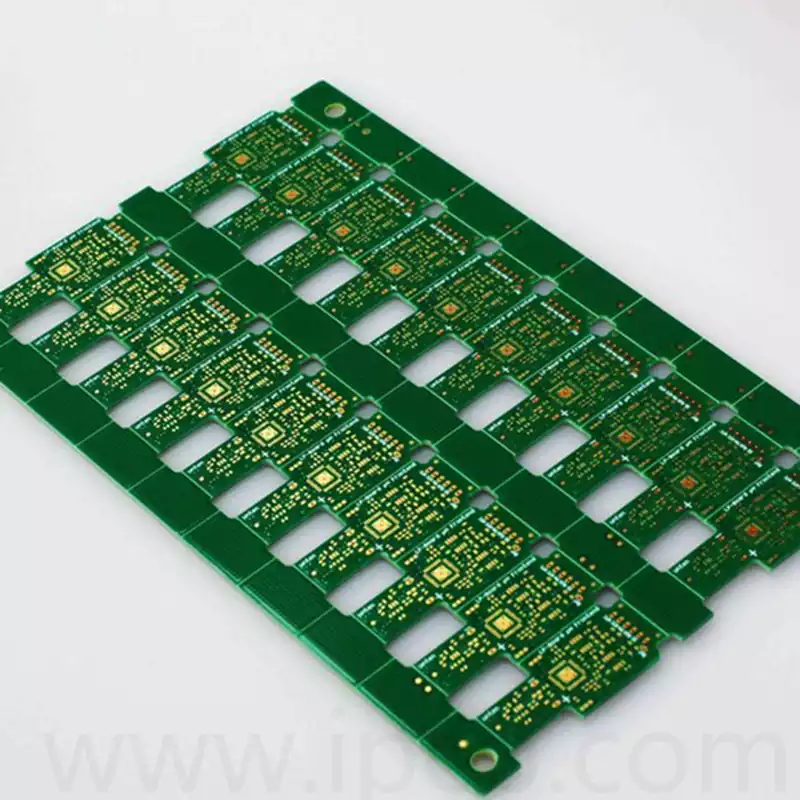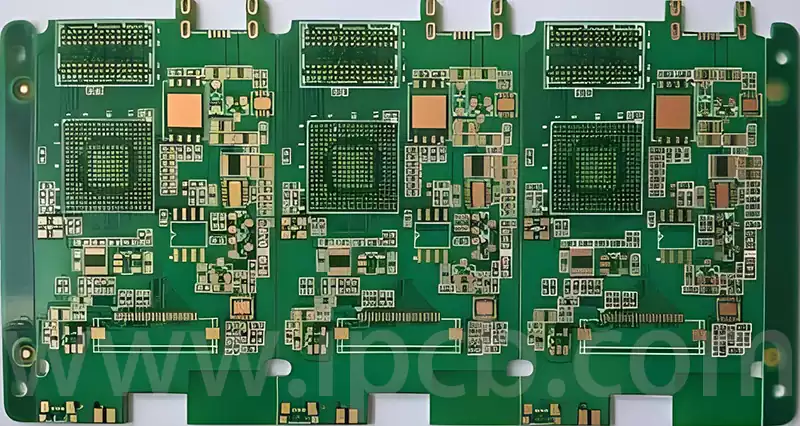PCB doppler radar is a radar system that utilizes the Doppler effect to detect the position and relative velocity of moving targets. When the radar transmits a fixed-frequency pulse wave to scan its surroundings, if it encounters a moving target, the frequency of the echo signal changes depending on the relative speed of the target. This change in frequency allows the system to accurately calculate the speed and position of the target.
PCB doppler radar operates by first transmitting pulse waves of a fixed frequency. When these waves encounter a moving target, a difference occurs between the frequency of the returned signal and the frequency of the transmitted signal, a phenomenon known as the Doppler frequency. Based on this frequency difference, the radar is able to measure the radial velocity and distance of the target relative to the radar. In addition, by using frequency filtering technology, PCB Doppler radar is able to effectively differentiate between target signals and background noise to improve anti-jamming capability.
When manufacturing PCB doppler radar,the selection of materials needs to take into account various factors such as high-frequency performance,thermal stability,mechanical strength,corrosion resistance and processing performance to ensure the performance and reliability of the radar system.
1.High Frequency Performance
High-frequency performance is an important indicator of PCB doppler radar material selection.The selected material is required to have a low dielectric constant and low dielectric loss coefficient to reduce signal attenuation and reflection,to ensure the effective propagation of radar signals and accurate target detection.This characteristic is especially critical in the high frequency signal transmission process.
2.Thermal Stability
The selected material must have good thermal stability to ensure stable performance in high temperature environments. Climate change or extreme temperatures may affect the insulation and conductivity of the circuit board,so it is necessary to use materials such as polytetrafluoroethylene (PTFE) and high-performance glass fibers to meet this need,these materials can maintain their performance in high-temperature environments.
3.Mechanical strength
Materials with high mechanical strength are able to withstand external shocks and vibrations, which are critical to maintaining stable radar system operation. The material should be able to prevent failure due to external forces and ensure excellent performance in a variety of operating conditions.
4.Corrosion resistance
Corrosion resistant materials can resist chemical attack in the environment and extend the service life of PCB Doppler radar. Especially when working in harsh environments,the selection of corrosion-resistant materials can significantly improve the reliability and durability of the radar.
5.Processing performance
The processing performance of the material also needs to be emphasized. The thickness of the material and its adaptability to the processing process will directly affect the PCB production and performance.For example,thinner materials may have changes in RF performance,so it is important to choose the right material thickness to ensure the quality of signal transmission.
PCB doppler radar technology has achieved remarkable application results in several fields.In the field of automatic driving, radar can monitor the traffic environment in real time, identify the surrounding pedestrians and vehicles,and ensure driving safety.In the security system, radar technology can effectively improve the monitoring ability of the surrounding environment and quickly identify potential intruders.In addition,the meteorological monitoring system utilizes the function of Doppler radar to be able to predict storms and precipitation,providing important real-time data support for weather forecasting.
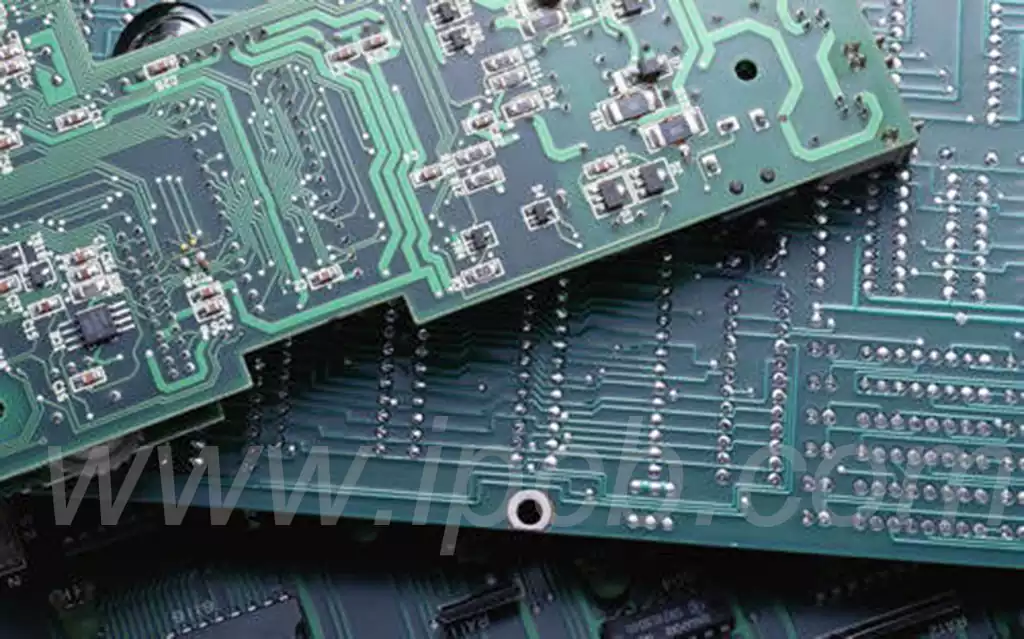
In autonomous driving technology, PCB Doppler radar demonstrates unique advantages over other sensors, especially in target detection, speed measurement and reliability, which can effectively enhance the safety and efficiency of autonomous driving systems.
- 4-D Measurement Capability
PCB Doppler radar is capable of measuring four dimensions of information: distance,bearing,altitude (pitch) and speed.
This capability makes it more accurate in target identification and tracking in complex scenes,while traditional radars are often deficient in altitude measurement.As a result,PCB doppler radar performs superiorly in dynamic environments and is capable of handling more complex perception tasks. - Longer detection range
PCB Doppler radar typically has a longer detection range than lidar and cameras,which is important for enhanced situational awareness.With a maximum detection range of more than 300 meters,PCB Doppler radar is able to effectively monitor potential obstacles at longer distances,thus providing earlier reaction times for autonomous driving systems. - Strong anti-jamming capability
PCB Doppler radar can work stably in all kinds of weather conditions, especially in the rain and snow and other bad weather conditions,the performance of the radar is not affected. This feature makes it very reliable in autonomous driving,able to maintain normal operation in extreme environments where cameras and LIDARs tend to perform poorly. - Cost-effectiveness
PCB Doppler radar is usually less costly compared to lidar.This makes it cost-effective for intelligent driving systems in low-end and mid-range vehicles, effectively reducing overall system production costs and facilitating the popularization of autonomous driving technology. - Suitable for multi-sensor fusion
PCB Doppler radar can be effectively fused with other sensors (e.g., camera and LiDAR) to form an integrated sensing system.In the process of information fusion, the advantages of different sensors can complement each other,thus improving the accuracy and reliability of environmental sensing. This multi-sensor fusion scheme is an important strategy for realizing safe and efficient autonomous driving.
PCB doppler radar plays an increasingly important role in modern technology applications due to its unique working principle and superior performance.From automated driving systems to weather monitoring,it has significant competitive advantages in terms of target detection accuracy,stability and cost-effectiveness. In the future, with the continuous innovation and development of the technology,its application areas will be further expanded to provide stronger support for the realization of intelligent transportation, security monitoring and other advanced technologies.This development will promote the popularization and wide application of intelligent technology and the intelligent process of society.
